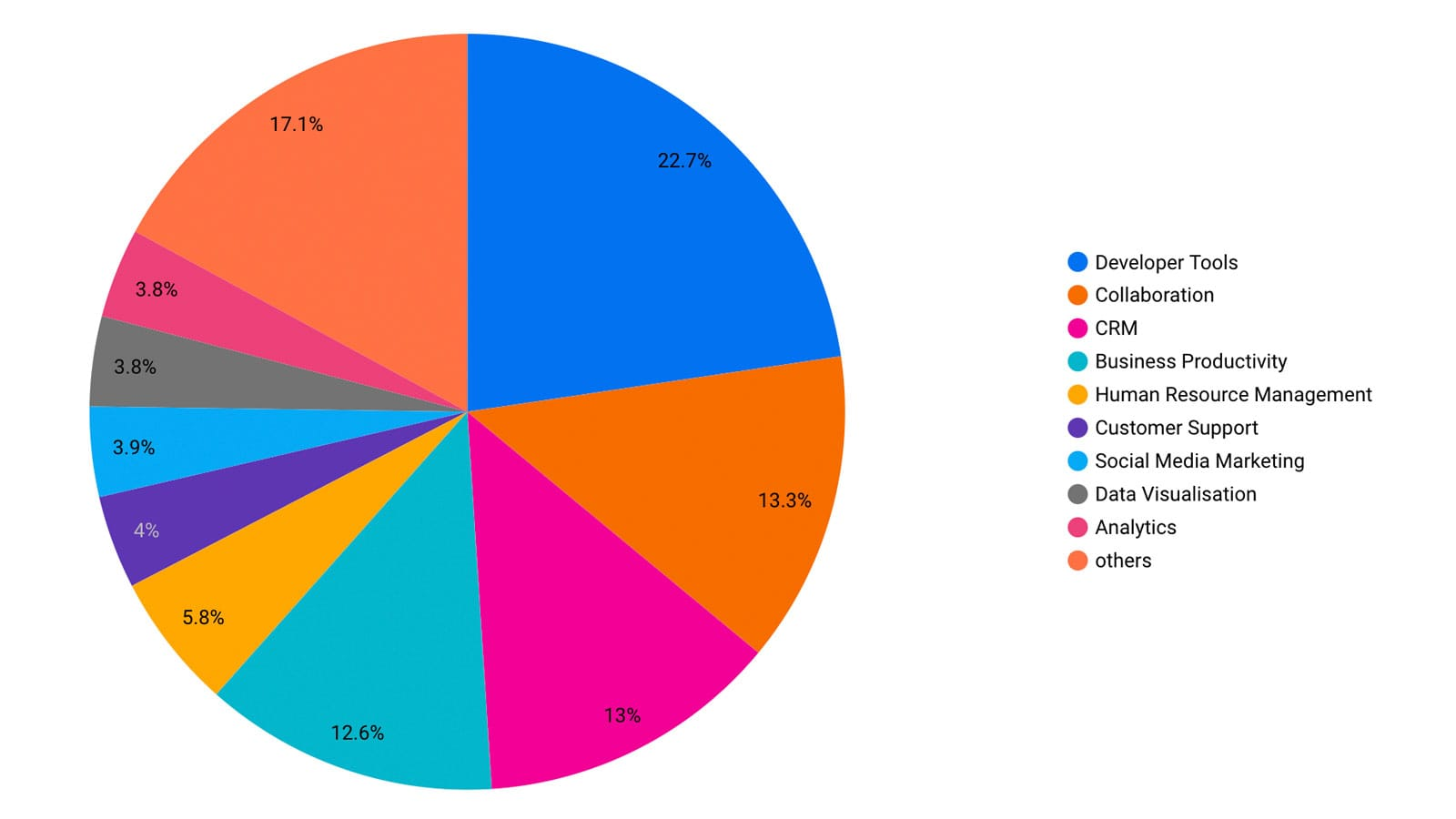
Why You Should Care About The Financial Benefit Of A Developer Tool

You wouldn’t expect an architect to build a skyscraper with just a hammer and a ladder, right? Then why do we sometimes look at developer tools as something ‘extra’, or as a ‘nice to have’, and simply assume that all that a developer needs is a laptop and an internet connection? A skyscraper is built in a fraction of the time and to a much higher quality if the team has access to top of the line equipment. Similarly a development team with the right set of tools can achieve far greater results, ultimately contributing to significant financial benefits.
Giving people the right tools to do their job effectively is a well known concept and is something that is continuously refined in many different industries and professions. It is the main theme around Goldratt’s Theory of Constraints. If you identify that people are the critical resource in your operation, by giving them the right tools to do their job more effectively, the company will see direct (and increasing) benefits to its operations and its ability to create an output more efficiently. Often we see that developers are the critical resource in tech companies; they are constantly in a shortage, hiring is oftentimes difficult, and they are a significant portion of the overall operation expenses. But don’t despair! That’s why we will focus here on how to remove some of the constraints through the use of developer tools and the ultimate financial benefit that this will give you. You’re welcome 😉
Developer Tools- the how, the what, the why
Developer tools include software, platforms, and add ons that enable developers to do their jobs better by enabling them to write high-quality code more efficiently, while also enjoying the process. They are tools that remove friction, distractions, and context switching. These may include tools that enable more effective communication between teammates, enable better task and project management, support knowledge and information sharing, code base management, as well as compile, build, and monitoring tools.
As the software industry grows and the demand for developers increases, so too has the awareness of the benefits of developer tools. As a result, companies have become more receptive to spend on apps that boost productivity, improve code quality and save time. This is reflected in the continuous growth of the enterprise software category, which is expected to be worth $636 billion by 2023. These spendings are significant. Take Atlassian for example, the company behind Jira and confluence; in 2020 they recorded revenues of $1.6B and Twilio recorded revenues of $1.1B in 2019. Research has also shown that a significant portion of a company’s software budget is oftentimes spent on developer tools; 22.7% compared to 13% which is spent on customer management.

It’s easy to see why developers tools have created so many large businesses; developer tools are big business. The math is easy: if a tool helps you save you valuable engineering time, you get direct cost savings (or alternatively you can use your time savings to work on the next set of features). Similarly, any tool that helps you improve the quality of your code, reduce downtime and ensure that your product is performing to its highest quality will mean that your clients will be even happier and bring their friends along too (and that means even more business!).
So now that we’ve thrown enough stats at you to prove our point, let’s take a deeper look into just how different types of developer tools really do bring a financial benefit to your organization.
Code Editors
When a developer uses a suitable editor (instead of a basic text editor) they can leverage a myriad of features, such as syntax highlighting, code completion, snippets, code refactoring, source code navigation, etc. Each of these has a direct benefit on the time spent writing code, as well as the end quality, with clear financial benefits to the company. Focusing on the most basic feature, syntax highlighting, a study has found that the presence of syntax highlighting significantly reduces the time taken for a programmer to internalise the semantics of a program. Saving just 5% of a developer’s time spent on writing code with a simple tool seems like a no-brainer to implementing in order to gain financial benefits for your company.
Build Automation Software
Scripting or automating the process of compiling computer source code into binary code effectively reduces the time needed to be spent by developers on manual and repetitive tasks. More importantly, having tools to complete this quickly ensures that developers focus on the task at hand. Even if compiling takes just 15 seconds, programmers will get bored and switch over to something else. It could be another task, in which case the cost of context switching or lack of focus would add up, or worse, they might switch over to ‘quickly’ reading The Onion or Reddit forums which will suck them in and kill hours of productivity. Reducing this “downtime” in productivity will save time wasted in multipliers.
Build automation only scrapes the surface when it comes to the pipeline that could be automated. By leveraging tools that focus on automated testing, release management, and repository management even more time could be saved, creating a more efficient workflow.
Debugging tools
In the US alone, $113B is spent annually on identifying and fixing product defects. Debugging tools help reduce this, but more importantly, help decrease customer downtime, which oftentimes is more expensive than development resources. Take Amazon’s one hour downtime on Prime Day in 2018; it is estimated that it may have cost them up to $100 million in lost sales. How much would your company lose if it had a bug in the customer-facing product? And if a proper tool meant that the likelihood of the problem arising was decreased (and your time to resolve it decreased too), would you invest in it?

How do you actually do it?
It’s often best to start with the tool targeting the biggest pain point in your organization. Focus on your constraints and your biggest blockers and find the tool that will help you work more efficiently in that aspect. Start with that tool and once you see the benefits rolling in, move onto the next tool. Adopting a new tool is not always straightforward. Not only will you need to get the team to start learning how to use a new tool (and get used to a new interface), it will often also impact the way in which they approach tasks. Shifting habits isn’t trivial.
What often works best is that if tools aren’t forced onto developers – rather the benefits are shown clearly and the developers understand how they will improve their day-to-day job and choose to use it on their own accord. A good way to get developers involved is to get them to be a part of a tool evaluation period – get their feedback and get them involved in the decision making process and adoption plan.
Go on. Save those $$$
As dev managers ourselves, and with a product that’s geared towards increasing developer productivity, we’ve seen this cost benefit analysis been carried out time and time again. We know that bringing in new tools and workflows isn’t always easy, and often the financial (or any type of) benefit is hard to see from the get-go. So that’s why we did the legwork for you- to show you that it IS worth it.
So what are you waiting for? Whether you choose better debugging tools – like ourselves, that helps your devs debug on the fly, without stopping, writing new code, or redeploying- better code editors, or something else entirely: the time is now! Start saving. Trust me. Make that leap.





